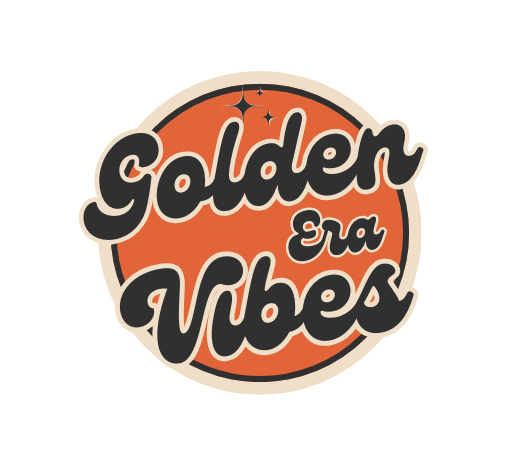15 Once-Famous Beverages That You Won’t Find Anywhere Today
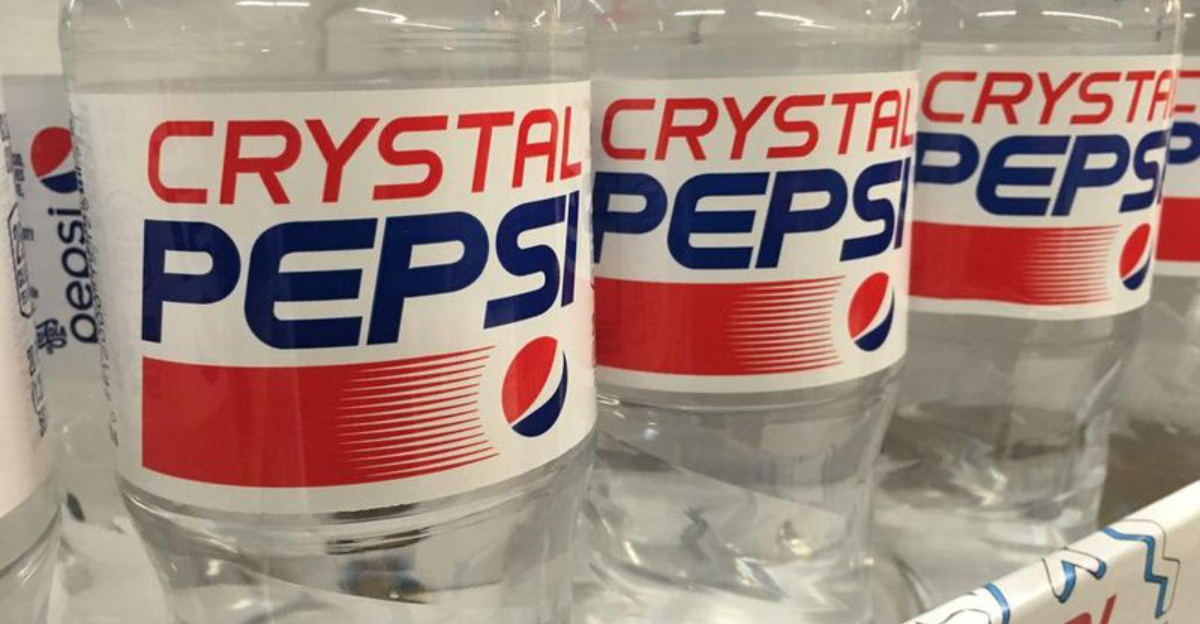
There’s something oddly magical about stumbling upon an old ad for a drink you haven’t thought about in decades.
Maybe it was a soda you begged your parents for as a kid, or a quirky flavor that seemed like a great idea at the time (but clearly wasn’t). The beverage world has seen its fair share of hits and, well… spectacular flops.
From neon-colored soda experiments to curious cocktails that had their 15 minutes of fame, we’re diving into 20 drinks that once quenched thirsts but are now just fond (or questionable) memories. Some were victims of changing tastes, others were marketing gambles gone wrong, and a few—let’s be honest—were just plain weird.
So grab your favorite vintage-inspired drink (bonus points if it’s in a glass bottle), and join us on this fizzy, fun journey through liquid history. Cheers to the beverages we loved… and the ones we’re okay with leaving behind!
1. Orbitz (1997-1998)
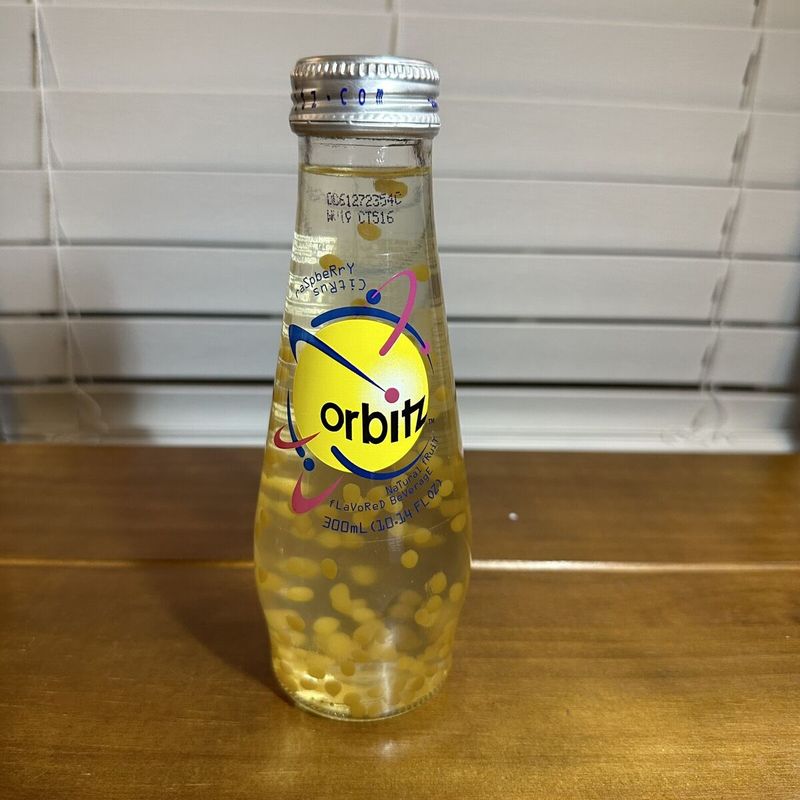
This futuristic ‘90s drink looked like a science experiment gone wrong. It had little floating gelatinous balls suspended in liquid, making it the closest thing to drinking a lava lamp. Turns out, people don’t like their drinks chunky—so it disappeared in less than two years.
Orbitz was a visual spectacle, but taste-wise, it left much to be desired. The texture was its most intriguing yet divisive feature, captivating some and utterly confounding others. Its short-lived existence is a testament to the balance needed between novelty and palatability.
For those who dared to try it, Orbitz is a quirky memory of the past. Today, it stands as a fascinating example of how daring ideas sometimes don’t pan out the way creators envision. Its lava-lamp-like appearance remains iconic to those who remember its brief journey through the world of beverages.
2. New Coke (1985-1992)
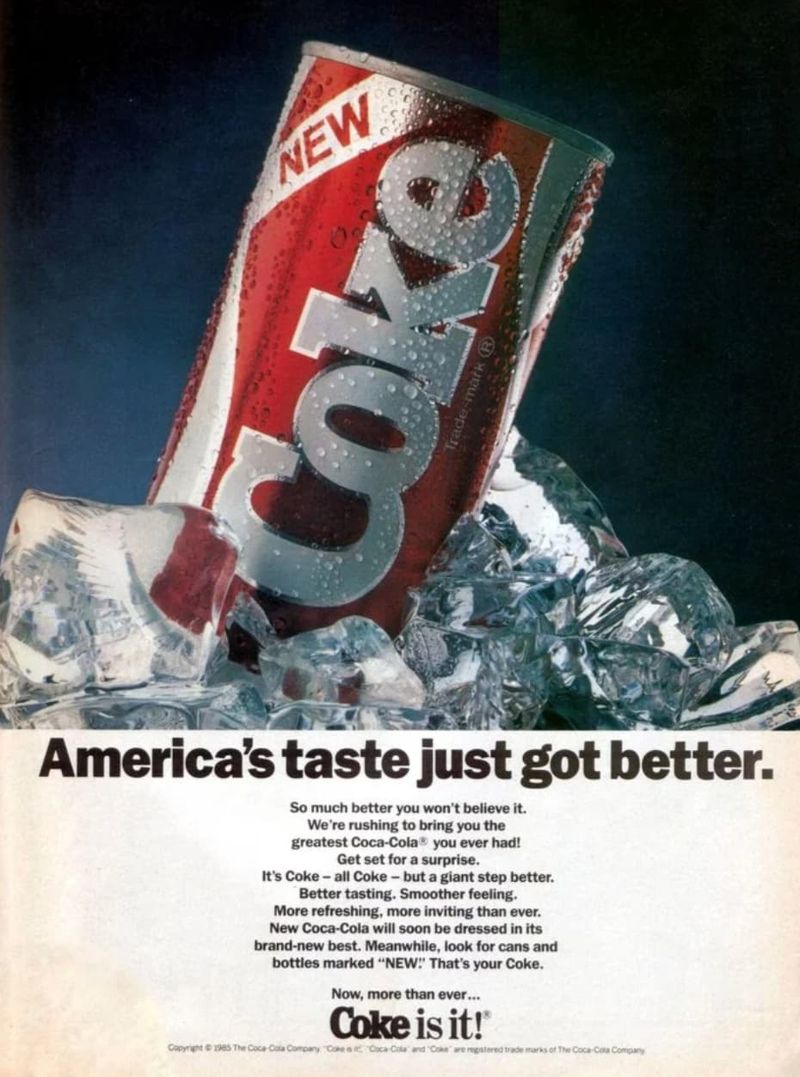
In 1985, Coke decided to fix something that wasn’t broken, launching New Coke—a sweeter version of the original. People lost their minds (not in a good way).
The backlash was so intense that Coca-Cola had to bring back “Coca-Cola Classic” just three months later. RIP, New Coke—you were gone, but never forgotten. This change was meant to rejuvenate the brand, but it only reinforced the adage: if it’s not broke, don’t fix it.
Despite its failure, New Coke’s release was a clever marketing lesson, teaching everyone the power of consumer loyalty. Today, it’s a case study in business schools on how not to mess with a beloved product. While it didn’t last, New Coke carved a permanent spot in the annals of beverage history, if only as a cautionary tale of corporate misjudgment.
3. Crystal Pepsi (1992-1994)
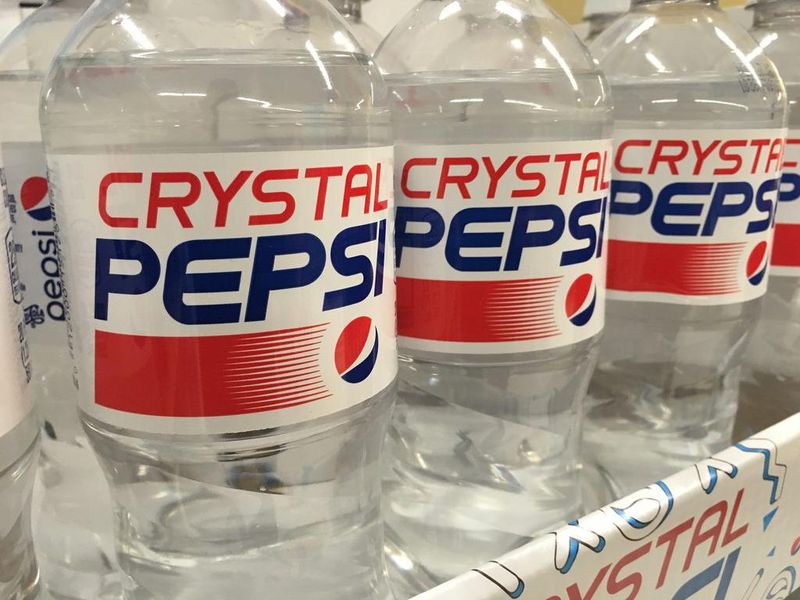
Pepsi, but make it see-through. In the ‘90s, the company thought people wanted soda without the brown color, so they made Crystal Pepsi.
Turns out, people actually liked the brown color. It faded out faster than a one-hit wonder. This transparent soda was an attempt at innovation that didn’t quite hit the mark. Its clarity was meant to symbolize purity, but instead, it left consumers puzzled about what they were drinking.
Though its time was brief, Crystal Pepsi sparked curiosity and a cult following. It’s remembered fondly by some and questioned by others, yet it stands as a testament to the boldness of 1990s marketing. Even today, Crystal Pepsi occasionally resurfaces in limited runs, proving curiosity never truly fades.
4. Jolt Cola (1985-2010)
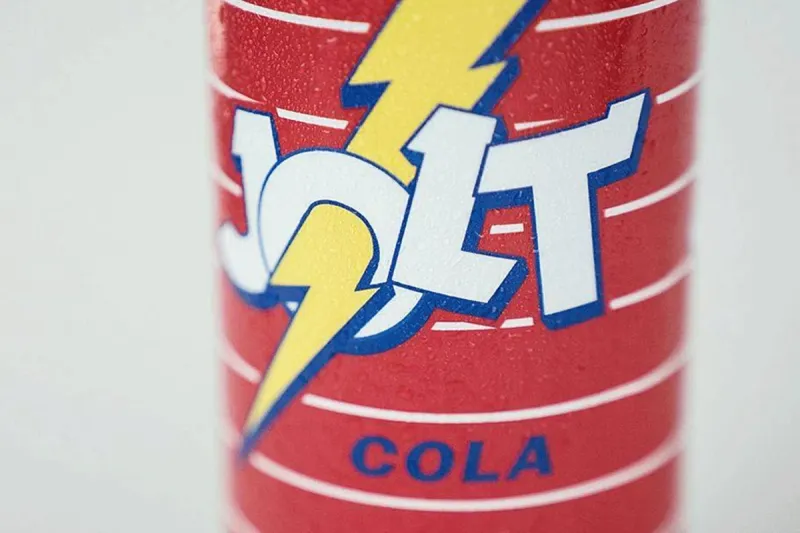
Before Monster and Red Bull, there was Jolt Cola: twice the caffeine, twice the sugar, and zero regrets. It was basically liquid electricity for sleep-deprived students and office workers—until energy drinks took over and left Jolt in the dust.
This powerhouse drink was the go-to for those in need of a serious energy boost, marketed with the slogan “All the sugar and twice the caffeine.” It was loved for its unapologetic embrace of excess. Over time, however, Jolt became a relic as newer energy drinks emerged.
Yet, for those who experienced its electric jolt, it remains a sweet memory of late-night study sessions and caffeine-induced euphoria. Jolt Cola’s legacy lives on as a pioneer in the realm of energy drinks, setting the stage for the caffeinated concoctions of today.
5. Hi-C Ecto Cooler (1989-2001)
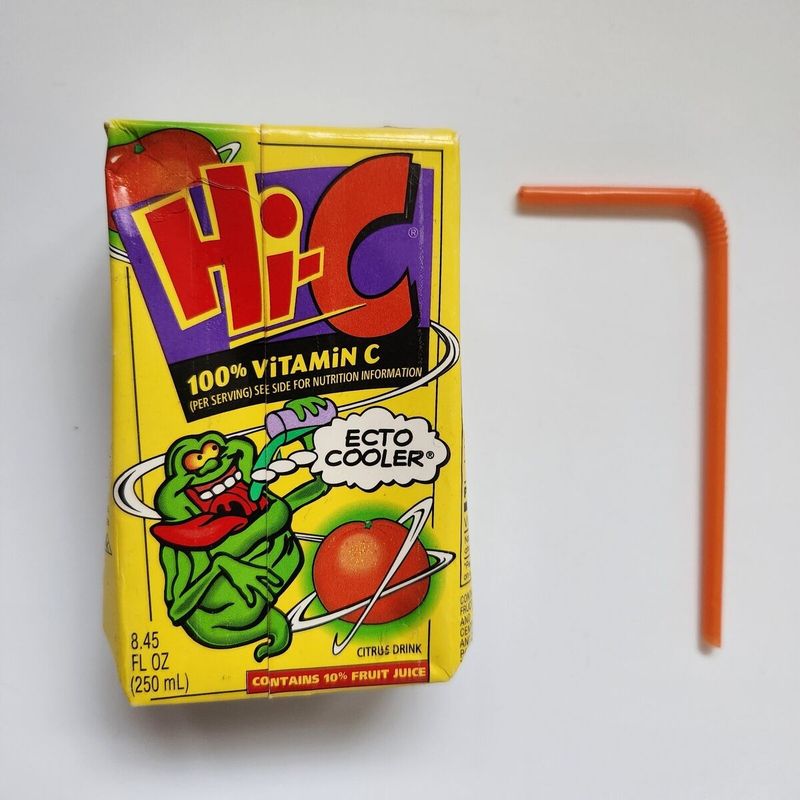
Inspired by Ghostbusters, this green, citrus-flavored drink was a ’90s lunchbox essential. It lasted way longer than expected, but when the nostalgia wore off, so did the sales. (They brought it back briefly in 2016, but let’s be real—only for the memes.)
Ecto Cooler was more than just a drink; it was a cultural phenomenon, capturing the hearts of kids everywhere who wanted a taste of the Ghostbusters craze. Its bright green color and fun packaging made it instantly recognizable.
While its original run ended, the memories linger, capturing a piece of ‘90s pop culture. Ecto Cooler’s brief return was a nostalgic nod to those who grew up with it, offering a momentary trip back in time. Even now, it holds a special place in the hearts of those who remember the slime sensation.
6. Fruitopia (1994-2003)
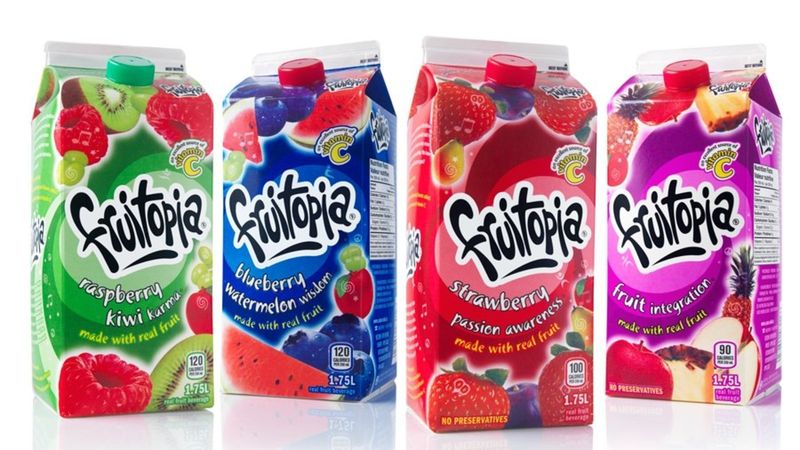
Coca-Cola’s attempt at a health-conscious drink was basically just fruit punch marketed with trippy ads. It had names like “Strawberry Passion Awareness,” but in the end, it just wasn’t cool enough to survive.
Fruitopia tried to capture the free-spirited essence of the ‘90s but found itself lost in the sea of other sugary beverages. Its marketing was as colorful as its flavors, targeting young, free-spirited individuals.
Despite its creative efforts, Fruitopia couldn’t sustain its initial burst of popularity. It serves as a reminder of the era’s vibrant marketing and the challenge of standing out amidst fierce competition. While it faded, Fruitopia’s eclectic branding is fondly remembered by those who embraced its quirky charm.
7. Pepsi Blue (2002-2004)
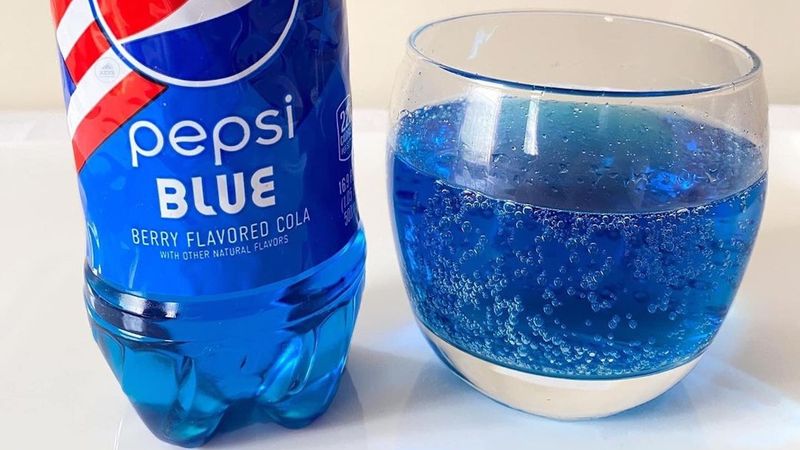
A bright electric-blue soda that tasted like cotton candy and regret. Pepsi tried to make this a thing in the early 2000s, but it just wasn’t Pepsi enough for most people. (Though it made a comeback in 2021 for a very limited time.)
Pepsi Blue was an audacious move to capture the attention of a new generation. Its vibrant color was as bold as its ambition, but the flavor didn’t resonate as hoped. Despite its limited success, Pepsi Blue managed to leave a lasting impression, becoming a nostalgic novelty.
Its brief resurgence showed that curiosity and nostalgia can create new demand, even if just for a moment. Pepsi Blue is a reminder of the early 2000s’ experimental spirit in the beverage world.
8. Surge (1997-2003)
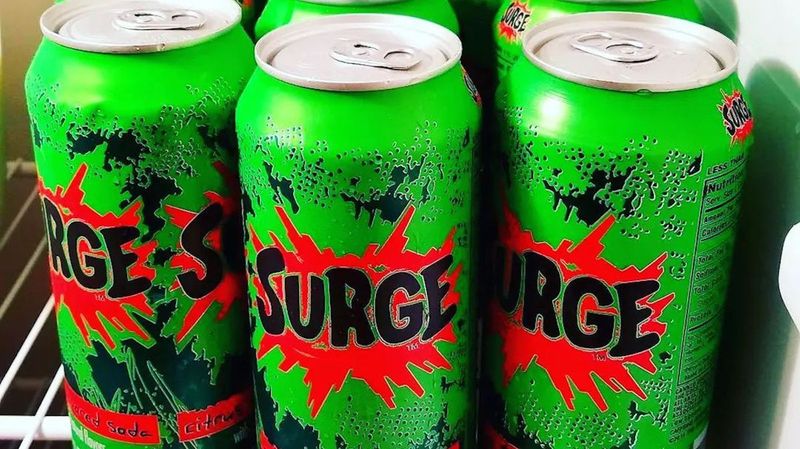
This radioactive-green soda was like if Mountain Dew had even less concern for your well-being. It had a cult following of extreme sports kids and sleep-deprived gamers, but that wasn’t enough to keep it on shelves.
Surge was marketed as the ultimate high-energy drink, capturing the attention of thrill-seekers and adventure lovers. Its bold color and intense marketing campaign made it memorable, yet its time was short-lived.
Despite its disappearance, Surge left a mark in the world of extreme sports and video gaming culture. It briefly reemerged, proving that sometimes the extreme can make a comeback. Surge remains a symbol of the 1990s’ bold and daring approach to soft drinks, forever part of the era’s vibrant narrative.
9. Hubba Bubba Soda (1987-1988)
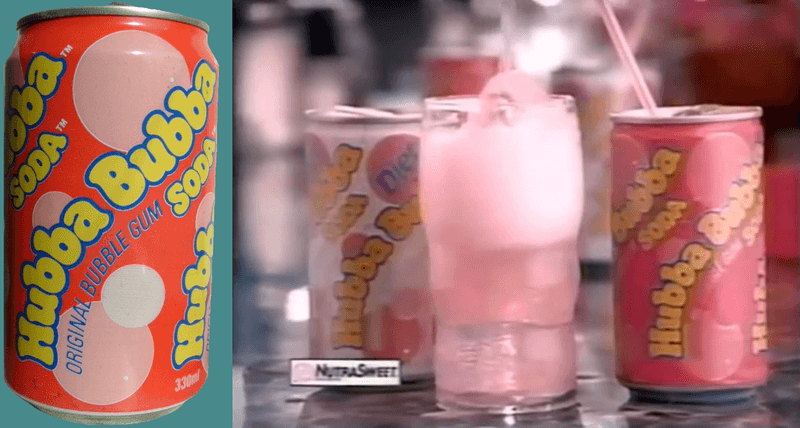
Someone thought, Hey, what if bubble gum was a soda? The answer: Hubba Bubba Soda, a pink, fizzy, gum-flavored drink that tasted exactly like liquid regret.
Unsurprisingly, it lasted one year. Hubba Bubba Soda was an experiment in combining the chewiness of gum with the fizz of soda. The result was a beverage that intrigued and confused in equal measures. Its unique flavor was either loved or loathed, with no middle ground.
Though it’s long gone, the bold attempt at merging two beloved treats is still remembered by those who dared to try it. Hubba Bubba Soda remains a quirky footnote in the history of beverage innovation, illustrating the fine line between creativity and practicality.
10. Tab (1963-2020)
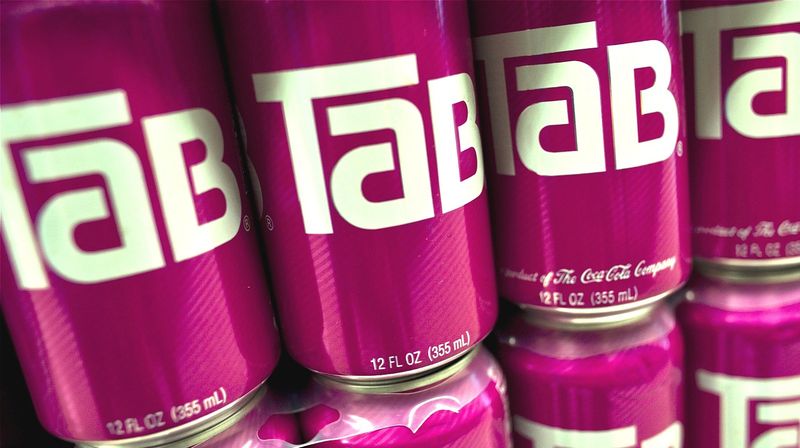
One of the first diet sodas, Tab was a cultural icon—especially among moms in the ‘80s who wanted a “skinny drink.” But when Diet Coke came along, Tab slowly faded into obscurity, finally being discontinued in 2020.
Tab was more than just a drink – it was a lifestyle choice for many, representing an era when diet drinks were a novelty. It’s unique taste and memorable branding left a lasting impression. As the market evolved and tastes changed, Tab found itself overshadowed by newer, more popular options.
Yet, its legacy remains as a pioneer in diet beverages. Tab’s discontinuation marked the end of an era, but its influence on the diet soda industry endures. For those who cherished it, Tab will always be remembered as a trailblazer in the world of low-calorie drinks.
11. Aspen Soda (1978-1982)
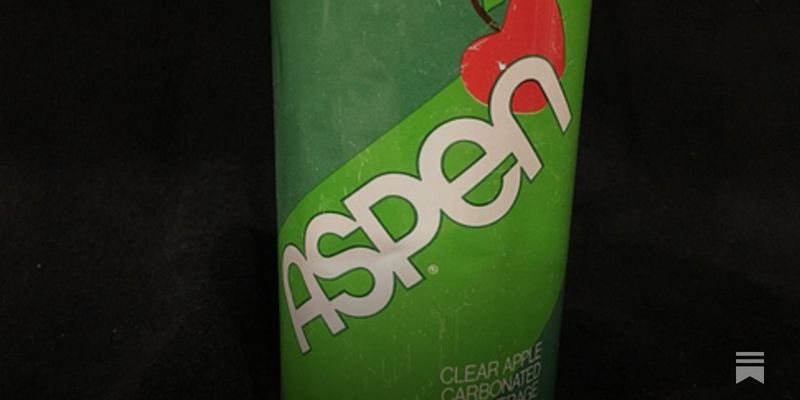
Apple-flavored soda sounds good in theory, right? Well, apparently not enough people agreed. Aspen was Coca-Cola’s attempt at a crisp apple soda, but it quietly vanished after four years.
Aspen Soda was an exploration into the world of unique flavors, offering a refreshing alternative to traditional cola. Despite its potential, it struggled to find a dedicated consumer base. Its apple essence was not enough to keep it afloat in the competitive soda market.
Aspen Soda serves as a reminder of the challenges faced by niche flavors in a world dominated by traditional tastes. Though its time was brief, Aspen’s attempt to stand out remains a noteworthy chapter in the story of beverage innovation.
12. Coca-Cola BlāK (2006-2008)
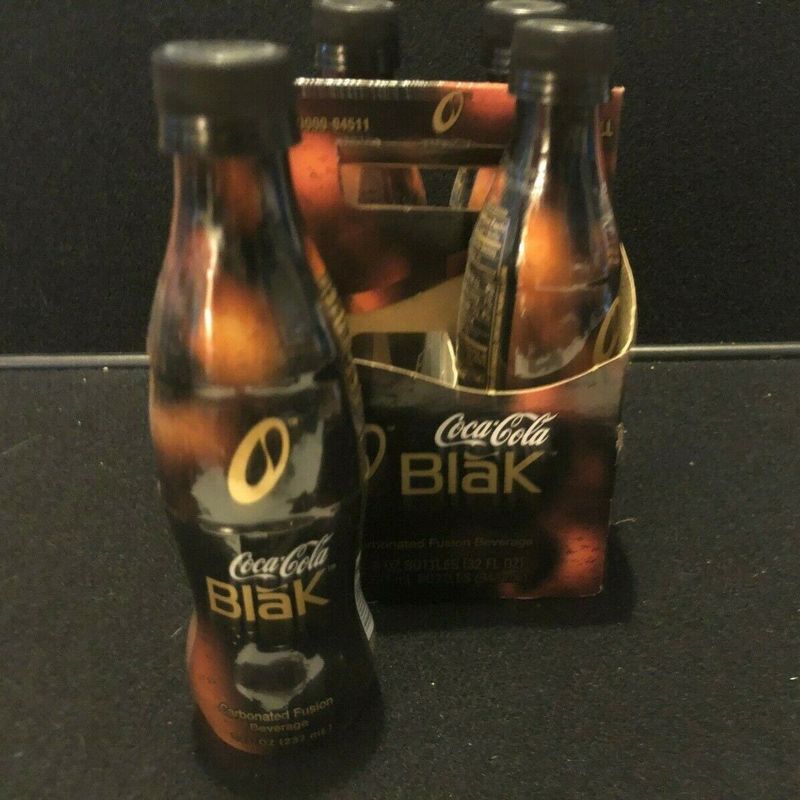
Coke + coffee = why? This drink was marketed as a sophisticated cola-coffee fusion, but it mostly just confused people. Was it a soda? A morning pick-me-up? A dare?
We may never know. Coca-Cola BlāK was an ambitious attempt to blend two popular beverages. The result was a drink that puzzled more than it pleased. Its unique concept appealed to adventurous consumers, yet it failed to establish a strong following.
Despite its short-lived presence, Coca-Cola BlāK remains a bold experiment in the realm of beverage blending. It serves as a curious reminder of how innovative ideas can sometimes miss the mark, yet still contribute to the ever-evolving landscape of drinks.
13. OK Soda (1993-1995)
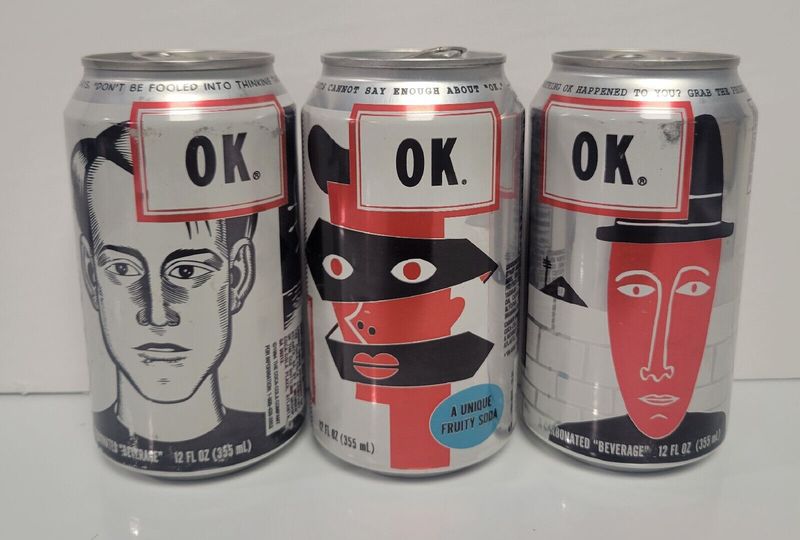
OK Soda was marketed to Gen X cynics with weird, existential ads and a moody aesthetic. It didn’t tell you what it tasted like—it was just OK. (Turns out, OK wasn’t good enough to last.)
OK Soda embodied the grunge era’s sense of irony and detachment, targeting a demographic that thrived on counterculture. It’s marketing was as enigmatic as its flavor, creating a brand that was more about attitude than taste.
Despite its brief existence, OK Soda captured a moment in time when rebellion was in vogue. It remains a cultural footnote, symbolizing the edginess and experimentation of the 1990s. OK Soda’s legacy is a testament to the power of branding, even when the product itself is less than memorable.
14. Kickapoo Joy Juice (1965-2019)
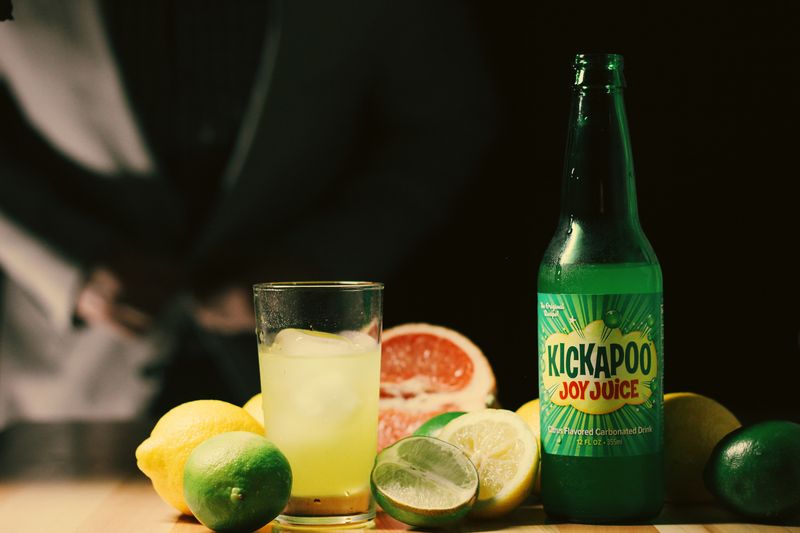
This citrusy soft drink was named after a fictional beverage from a comic strip. It was actually pretty tasty, but let’s be honest—the name was too weird to stick around forever.
Kickapoo Joy Juice was a quirky blend of flavor and whimsy, offering a taste that was as playful as its name. Despite its enjoyable essence, the novelty of its name overshadowed its quality. While it had a loyal following, the quirky title limited its broader appeal.
Kickapoo Joy Juice serves as a reminder of the creative yet challenging nature of branding. Though it’s no longer around, its unique name and flavor combination continue to charm those who remember it. It stands as a fun and light-hearted chapter in the history of soft drinks.
15. Vault (2005-2011)
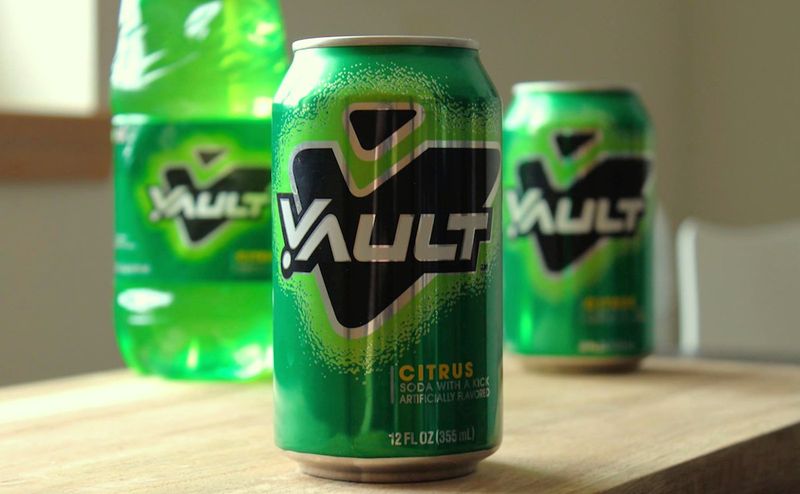
This neon-green soda tried to compete with Mountain Dew, claiming it was “half soda, half energy drink.”
The marketing worked for a while, but in the end, Vault crashed (literally and figuratively). Vault was an ambitious fusion of flavor and energy, designed to attract those seeking a refreshing but powerful drink. It carved out a niche among consumers who desired a boost without a full energy drink commitment.
Despite initial success, Vault couldn’t maintain its momentum, ultimately bowing out of the competitive soda landscape.
It serves as a classic example of how innovation needs sustained consumer interest to thrive. Vault’s memory lingers as a bold attempt in the world of energizing beverages, a reminder of the balance between novelty and longevity.
